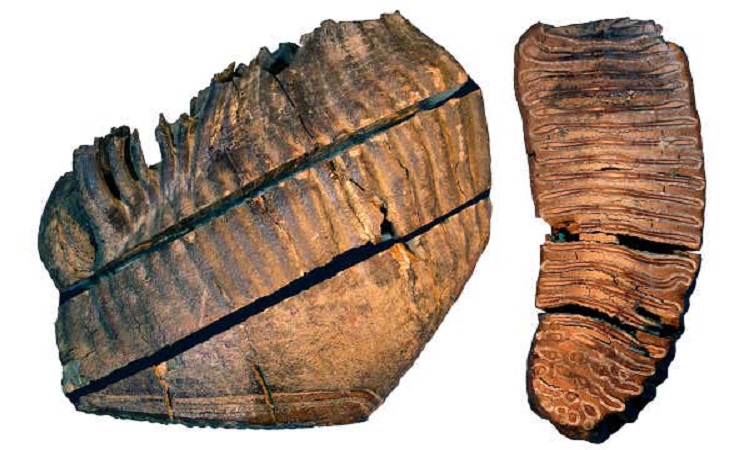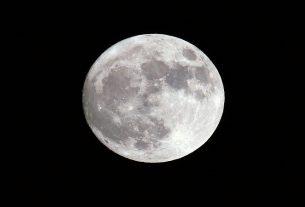1.2-million-year-old DNA was recently recovered and partially sequenced from the molars of two mammoths. It’s a record. Not only does this feat push the boundaries of what scientific methods are capable of, but the study also reveals a whole new lineage in the mammoth family. This work was published this Wednesday in the journal Nature.
To understand the evolution of species, DNA, which carries the genetic code of all living things on the planet, is our best ally. Unfortunately, these molecules do not keep forever.
We know, from a study published in 2012 by a US-Australian team, that a DNA molecule halves in 521 years. Half of what is left disappears in its turn in 521 years, and so on. In the end, about 1.5 million years later, almost no trace remains.
In fact, obviously, the conditions of preservation or fossilization also shorten this already very short period. Also, so far, the oldest known DNA has come from a Przewalski horse that died about 700,000 years ago. But that was before.
Three molars – revealed by the melting Siberian permafrost in the 1970s – have recently yielded mitochondrial DNA from three specimens, two of whom died just over 1.2 million years ago.
The genome of these ancient mammals had naturally been severely degraded over the millennia. So researchers at the Stockholm Paleogeny Center, behind this study, had to painstakingly reconstruct billions of tiny fragments of DNA.
Krestovka, Krestovka and Tchoukochya
Two of the pachyderms are over a million years old. The oldest, named Krestovka, evolved 1.2 million years ago. According to analyzes, he belonged to a previously unknown genetic line of mammoths – now called “Krestovka mammoths” – that diverged from other Siberian mammoths more than two million years ago.
The second specimen, called Adycha, is between 1.2 million and one million years old. According to its DNA, it was a steppe mammoth ((Mammuthus trogontherii). Finally the third, named Tchoukochya, is one of the first representatives of woolly mammoths (Mammuthus primigenius). He would have died there is about 700,000 years old.
Note that the age of the three specimens could be determined using geological data from the sites from which these molars were extracted, coupled with molecular analyzes. These estimates are therefore the most conservative.
However, data from the mitochondrial genome indicate that the oldest specimen may actually be as old as 1.65 million years old, while the second mammoth may be 1.34 million years old. That being said, whatever estimate is taken into account, it is still much older than the previously set record.
Finally, this work confirmed that the woolly mammoth is indeed a direct descendant of the steppe mammoth. The analyzes also pointed out that genetic variants associated with life in the Arctic (thermoregulation, fatty deposits, adaptations of circadian rhythms, among others) were already present in Adycha – the steppe mammoth – long before the arrival of the woolly mammoth.




